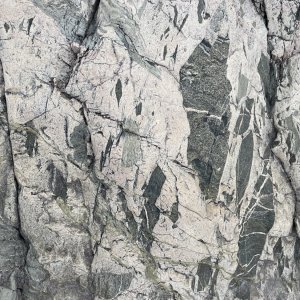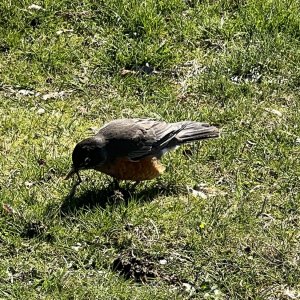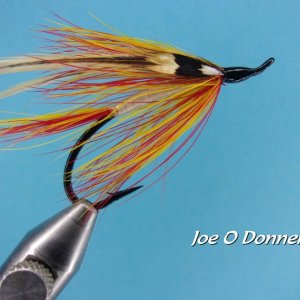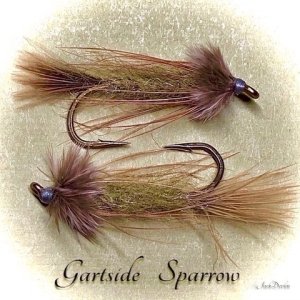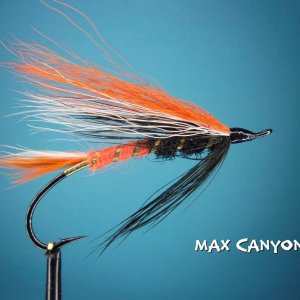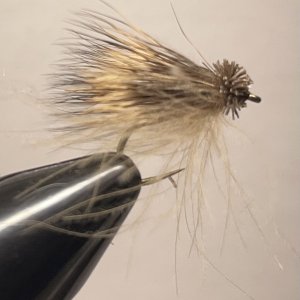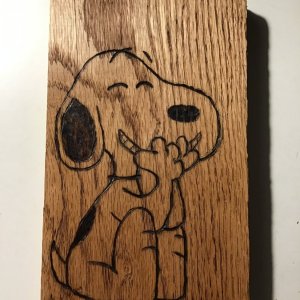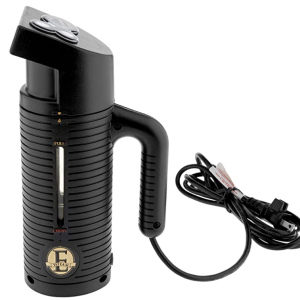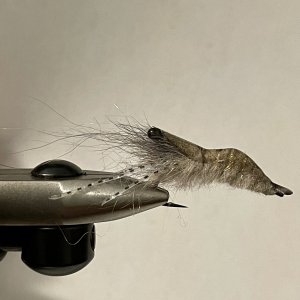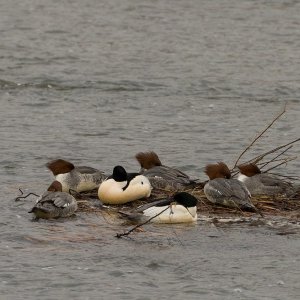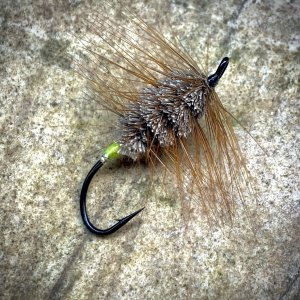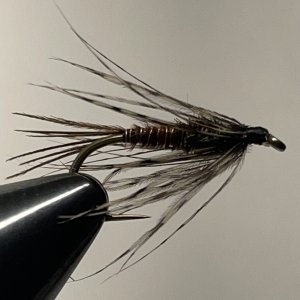roger stephens
Steelhead
I just tied up a realistic, segmented pile worm pattern that should be an extremely effective top water fly for sea-run cutthroat. Most of the polychaeta worms which I have seen are olive or light brown. The flies are 5 1/2 inches long. The photo below shows my attempt to match real pile worms.
![IMG_0057[2].JPG IMG_0057[2].JPG](https://pnwflyfishing.com/forum/data/attachments/11/11774-9ca96274389135d62b679be18d5c4032.jpg)
I tied the patterns using standard sized (HMH) tubing. It was cut into various lengths with the segmented parts being being 7/8 inches long. Marabou was used for the tails, A pencil popper was used used for the foam head. It is colored olive or light brown with marking pens then coated with Hard as Nails(sally Hagen) Disco ball glitter. A Gamakatsu SC-15 #6 hook is used in the tail section.
![IMG_0059[1].JPG IMG_0059[1].JPG](https://pnwflyfishing.com/forum/data/attachments/11/11775-268f7dd7a50dd92ff0f6661e63d9010f.jpg)
All the ends of tubing are slightly melted to make a small ridge so that trying materials will not slide off the tubing.
![IMG_0062[1].JPG IMG_0062[1].JPG](https://pnwflyfishing.com/forum/data/attachments/11/11778-c76669a0a5860d3d373932e5913a8c38.jpg)
Glimmer or tinsel chenille are wrapped around tubing to form the body of the flies.
![IMG_0074[1].JPG IMG_0074[1].JPG](https://pnwflyfishing.com/forum/data/attachments/11/11780-1b43dd5f27f3a1485267b2c208365c18.jpg)
![IMG_0075[1].JPG IMG_0075[1].JPG](https://pnwflyfishing.com/forum/data/attachments/11/11781-62785f4836b8603bf0cdc8ac6eb81ed0.jpg)
A hook can be placed in the middle of the pattern by securing a hook on of one the body segments if a hook at the tail is not needed or as effective.
![IMG_0069[1].JPG IMG_0069[1].JPG](https://pnwflyfishing.com/forum/data/attachments/11/11784-8d4427afd4f9d5b54815a2a2a3ee79dc.jpg)
I cast the pattern at a local lake to see how it moved in the water. The fly went to a 45 degree angle on the pause of the retrieve and straightened out upon continuing the retrieve. There was about 1 1/2 inches of side to side wiggle. I am going to try the pattern after the sea cutthroat are no longer feeding chum fry. I will probably be using a 4 inch or slightly larger version of the pattern
The pile worm pattern is easy to tie but is very time consuming. However, it it should be worth it as IMHO it should be extremely effective for large sea-run cutthroat(+17 inches) due to realistic appearance, side to side wiggle, and nice v-wake.
Roger
![IMG_0057[2].JPG IMG_0057[2].JPG](https://pnwflyfishing.com/forum/data/attachments/11/11774-9ca96274389135d62b679be18d5c4032.jpg)
I tied the patterns using standard sized (HMH) tubing. It was cut into various lengths with the segmented parts being being 7/8 inches long. Marabou was used for the tails, A pencil popper was used used for the foam head. It is colored olive or light brown with marking pens then coated with Hard as Nails(sally Hagen) Disco ball glitter. A Gamakatsu SC-15 #6 hook is used in the tail section.
![IMG_0059[1].JPG IMG_0059[1].JPG](https://pnwflyfishing.com/forum/data/attachments/11/11775-268f7dd7a50dd92ff0f6661e63d9010f.jpg)
All the ends of tubing are slightly melted to make a small ridge so that trying materials will not slide off the tubing.
![IMG_0062[1].JPG IMG_0062[1].JPG](https://pnwflyfishing.com/forum/data/attachments/11/11778-c76669a0a5860d3d373932e5913a8c38.jpg)
Glimmer or tinsel chenille are wrapped around tubing to form the body of the flies.
![IMG_0074[1].JPG IMG_0074[1].JPG](https://pnwflyfishing.com/forum/data/attachments/11/11780-1b43dd5f27f3a1485267b2c208365c18.jpg)
![IMG_0075[1].JPG IMG_0075[1].JPG](https://pnwflyfishing.com/forum/data/attachments/11/11781-62785f4836b8603bf0cdc8ac6eb81ed0.jpg)
A hook can be placed in the middle of the pattern by securing a hook on of one the body segments if a hook at the tail is not needed or as effective.
![IMG_0069[1].JPG IMG_0069[1].JPG](https://pnwflyfishing.com/forum/data/attachments/11/11784-8d4427afd4f9d5b54815a2a2a3ee79dc.jpg)
I cast the pattern at a local lake to see how it moved in the water. The fly went to a 45 degree angle on the pause of the retrieve and straightened out upon continuing the retrieve. There was about 1 1/2 inches of side to side wiggle. I am going to try the pattern after the sea cutthroat are no longer feeding chum fry. I will probably be using a 4 inch or slightly larger version of the pattern
The pile worm pattern is easy to tie but is very time consuming. However, it it should be worth it as IMHO it should be extremely effective for large sea-run cutthroat(+17 inches) due to realistic appearance, side to side wiggle, and nice v-wake.
Roger

